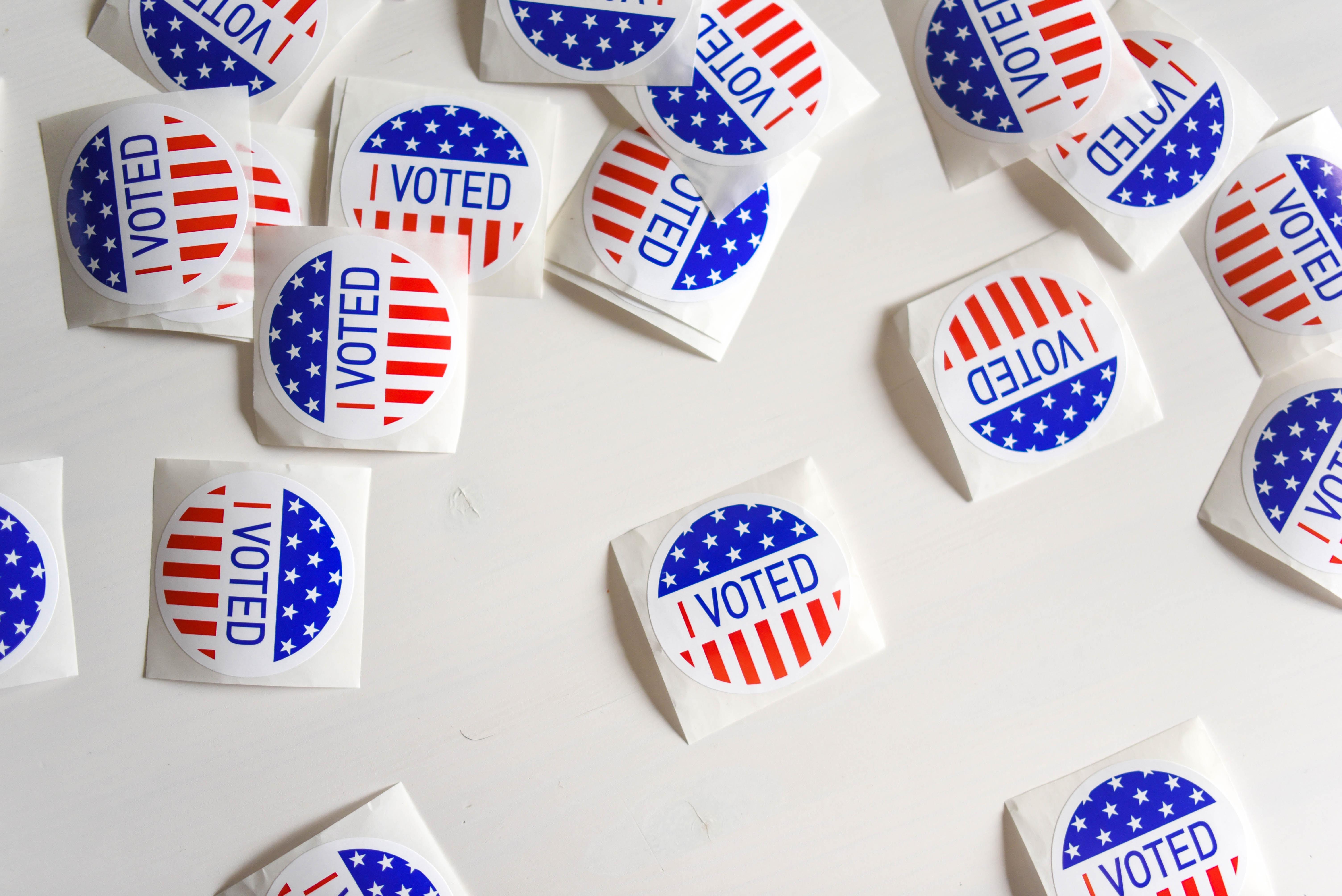What The Key Takeaways Of The Midterm Election Means For 2020

According to the United States Election Project, last Tuesday, approximately 48% of eligible voters exercised their civic duty for the 2018 midterms. To put this into context, around 39% of the electorate participated in the 2014 midterm election. In fact, voter turnout was so high that 2018 became the first midterm to exceed 100 million votes.
A Summary of the Results
Democrats take control of the House of Representatives, while Republicans expand their majority in the Senate
- Red State Democrats lost their seats to Republican challengers
- A record number of women were elected to the House of Representatives
- In Texas, Beto O’Rourke lost to Ted Cruz
- Michigan legalized marijuana
- Florida voted to restore voting rights for roughly 1.5 million ex-felons
- Democrat Andrew Gillum looks like he will head into an automatic mandatory recount for the Florida governorship
- Voters in Alabama and West Virginia approved ballot initiatives that would limit abortion rights and challenge Roe v. Wade
- Idaho, Nebraska, and Utah voted to expand Medicaid, extending coverage to approximately 325,000 low-income Americans
Democrats take control of the House of Representatives, while Republicans expand their majority in the Senate
So, why were people were flocking to the polls in record numbers, despite challenges in the form of bad weather, malfunctioning machines, and long lines?
Top Things On The Electorate’s Minds
It’s All About…Not The Economy
For the first time in at least a decade, voters were more concerned about issues other than the economy. This is extremely unusual since the midterms followed after weeks of positive headlines about a 3.7% unemployment rate and strong job and wage growth. So, what were the top policy issues that drove people to the polls? According to NBC news exit polls, 41% named health care as the number one issue that affected their vote, 23% named immigration as their main concern, and 11% described gun policy as their leading issue.
The Trump Effect
The name on everyone’s minds but not on the ballot itself was Donald Trump. According to NBC Exit polls, two-thirds of voters said that “Trump was a factor in their 2018 vote,” with 26% voting to support the president and 38% voting to oppose the president. In fact, Trump’s campaigning for GOP candidates in the final weeks leading to the midterm elections could have been a major contributing factor for Republican gains in red states such as Indiana, North Dakota, and Missouri.
The Kavanaugh Effect
According to GOP lawmakers, Kavanaugh’s confirmation energized Republicans to cast their ballot for the midterm elections, enabling them to defeat Democratic incumbents Joe Donnelly, (Indiana), Heidi Heitkamp (North Dakota), and Claire McCaskill (Missouri) in states that Trump carried in the 2016 election. Meanwhile, Democratic Senator Joe Manchin (who voted for Kavanaugh) was re-elected.
The Implications
A Gridlocked Congress (plus some “Checks and Balances”)
With the Democrats in control of the House, legislation can no longer be passed with Republican votes alone. To pass any bills through Congress, Trump and the Republicans will need to negotiate with Democrats. Democrats now have the power to investigate the Trump administration on the Russia scandal, campaign finance violations, his tax returns, etc.
Continued Presidential Power To Appoint Judges
With Republicans maintaining a majority in the Senate, Trump will be able to continue appointing judges to lifetime posts, with the intent to reverse legal precedent around Roe v. Wade. With the election of several new Senators who are opposed to abortion rights, the votes of moderate Republican Senators, Susan Collins of Maine and Lisa Murkowski of Alaska, will no longer be deciding factors in confirming judges.
Blue Wall in 2020?
In the 2016 election, Trump won the presidency by carrying four Midwest states that had previously voted for Barack Obama: Wisconsin, Ohio, Michigan, and Pennsylvania. On Tuesday, voters in all of those states re-elected Democratic Senate incumbents, and in three of those states, voters elected Democrats for governor. These results suggest voter dissatisfaction with the president and a strong chance that Trump may not carry those states in 2020.
Florida’s Role in the 2020 Electoral College
In Florida, voters approved to restore voting rights for roughly 1.5 million ex-felons. Given Florida’s history for being close in election results, should a fraction of the 1.5 million vote, it could provide a larger margin of victory for a presidential candidate, tipping the scales in the Electoral College.






